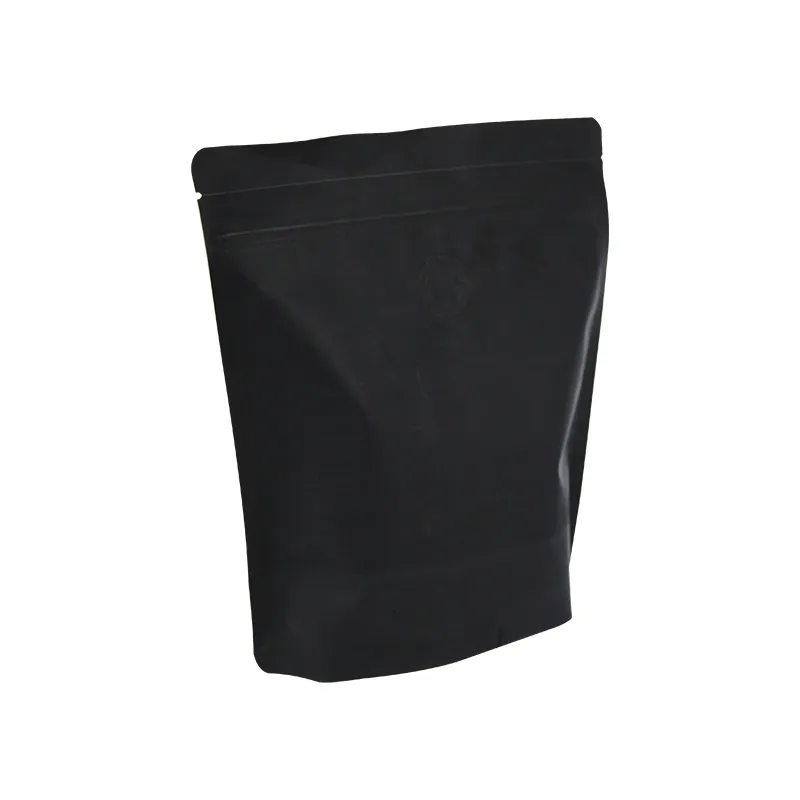- Afrikaans
- Albanian
- Amharic
- Arabic
- Armenian
- Azerbaijani
- Basque
- Belarusian
- Bengali
- Bosnian
- Bulgarian
- Catalan
- Cebuano
- chinese_simplified
- chinese_traditional
- Corsican
- Croatian
- Czech
- Danish
- Dutch
- English
- Esperanto
- Estonian
- Finnish
- French
- Frisian
- Galician
- Georgian
- German
- Greek
- Gujarati
- haitian_creole
- hausa
- hawaiian
- Hebrew
- Hindi
- Miao
- Hungarian
- Icelandic
- igbo
- Indonesian
- irish
- Italian
- Japanese
- Javanese
- Kannada
- kazakh
- Khmer
- Rwandese
- Korean
- Kurdish
- Kyrgyz
- Lao
- Latin
- Latvian
- Lithuanian
- Luxembourgish
- Macedonian
- Malgashi
- Malay
- Malayalam
- Maltese
- Maori
- Marathi
- Mongolian
- Myanmar
- Nepali
- Norwegian
- Norwegian
- Occitan
- Pashto
- Persian
- Polish
- Portuguese
- Punjabi
- Romanian
- Russian
- Samoan
- scottish-gaelic
- Serbian
- Sesotho
- Shona
- Sindhi
- Sinhala
- Slovak
- Slovenian
- Somali
- Spanish
- Sundanese
- Swahili
- Swedish
- Tagalog
- Tajik
- Tamil
- Tatar
- Telugu
- Thai
- Turkish
- Turkmen
- Ukrainian
- Urdu
- Uighur
- Uzbek
- Vietnamese
- Welsh
- Bantu
- Yiddish
- Yoruba
- Zulu
who created the zipper
The Invention of the Zipper A Closer Look at its Origins
The zipper, a ubiquitous fastening device found in clothing, bags, and countless other items, has a rich history that dates back to the 19th century. While it may seem like a simple invention, the evolution of the zipper involved the contributions of several inventors and reflects an intriguing journey towards functionality and design.
The earliest version of a zipper-like fastening mechanism was invented by Elias Howe, an American sewing machine pioneer, in 1851. Howe received a patent for a device he called the automatic, continuous clothing closure. However, despite its innovative design, Howe’s device failed to gain commercial success, primarily due to the limitations of technology and the prevailing fashion trends of the time, which favored buttons over more novel fastening methods.
The Invention of the Zipper A Closer Look at its Origins
It was not until the early 20th century that the zipper began to realize its potential, thanks in large part to the work of a Swedish engineer named Gideon Sundback. In 1913, Sundback developed an improved version of the zipper that included the interlocking design we recognize today. His innovation involved a more efficient and durable method of linking the two sides of a zipper, which allowed for greater strength and ease of use. By 1917, Sundback had filed a patent for his Separable Fastener, which would become the foundation for modern zippers.
who created the zipper

Sundback’s design revolutionized the way zippers were manufactured and used. The combination of sturdy materials and a reliable interlocking mechanism made his zippers suitable for a wide array of applications beyond clothing, including luggage, tents, and a variety of textile products. As the 1920s rolled in, zippers began to gain popularity, finding their way into various garments, particularly in the booming fashion industry where functionality began to meet aesthetic appeal.
The zipper further solidified its place in fashion and everyday life through the promotional efforts of companies like the Talon Zipper Company. In the 1930s, the Talon Zipper Company, one of the largest zipper manufacturers at the time, incorporated the zipper into stylish items, including dresses and jackets. The iconic use of zippers in the fashion realm—especially with the rise of the “zipper dress”—helped to eliminate the need for buttons and snaps, offering a practical yet fashionable option that resonated with consumers.
World War II also played a role in popularizing the zipper. With the need for durable, functional clothing for soldiers, zippers became a favored choice for military uniforms and gear. Post-war, the fashion industry embraced the zipper even more, leading to its integration into casual wear and formal attire alike.
Today, the zipper is not just a functional item; it also serves as a design element in clothing and accessories. Available in various colors, sizes, and materials, zippers can enhance the aesthetic appeal of a product while providing valuable utility.
In conclusion, the invention of the zipper is a fascinating tale of innovation and evolution. From its fledgling beginnings with Elias Howe and Whitcomb Judson to its refined form under the expertise of Gideon Sundback, the zipper represents a blend of practicality and creativity. As it adapts over time, the zipper continues to be an essential component in the fabric of our everyday lives, proving that even the simplest inventions can have a profound impact on society. With its combination of history and functionality, the zipper remains a testament to the ingenuity and adaptive nature of design in the modern world.













